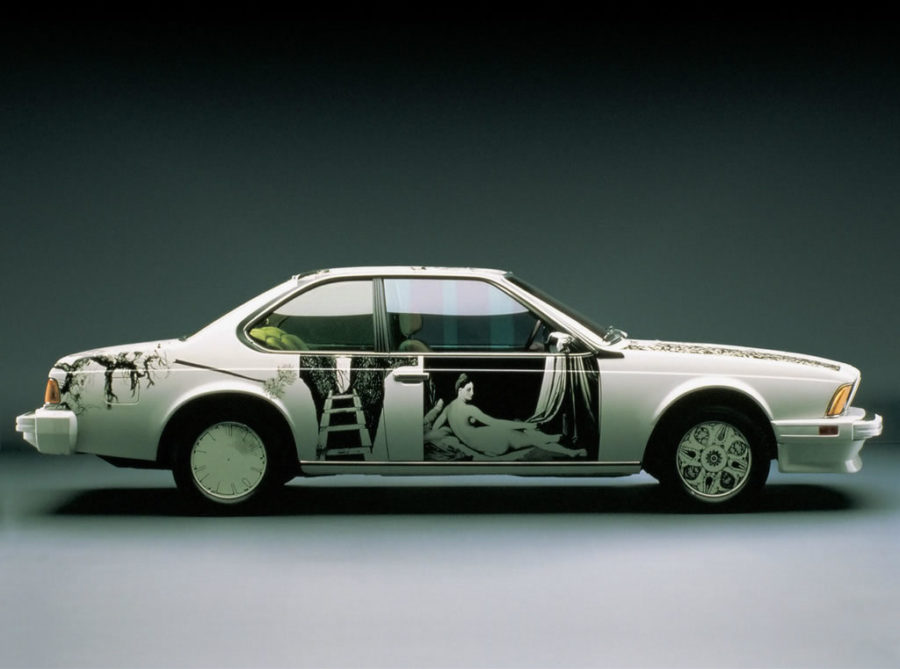1986 BMW 635 CSi
“Drivable museums would be great. This car is a dream come true for me,” gushed Rauschenberg after the presentation of his Art Car in New York. This BMW 635CSi was the sixth Art Car, yet was the first to have its bodywork decorated with photographic material.
The right side bears the image of an Ingres painting. The left hand side of the bodywork is adorned with one of Bronzino’s works, surrounded by Rauschenberg’s own pictures of swamp grass in the Everglades — the hub caps have been painted with images of ancient decorative plates. Rauschenberg must have been pleased with the results as he used the motifs on this Art Car for a subsequent work of art a couple of years later.
Gallery
Click any image below for larger view
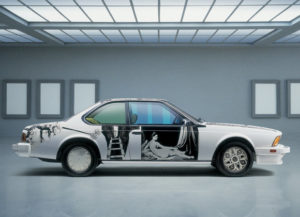
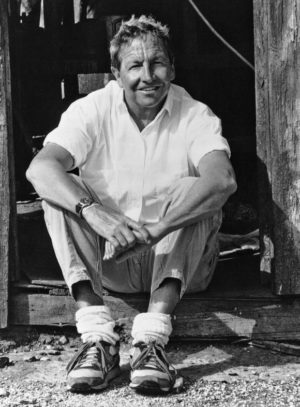
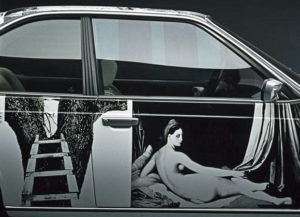
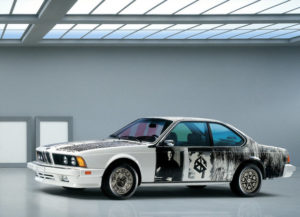
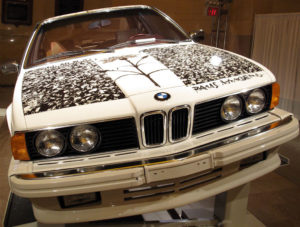
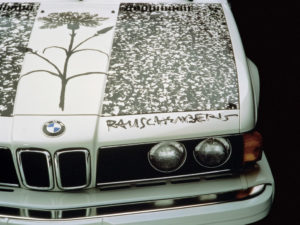
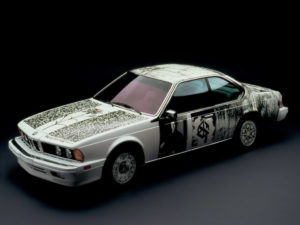
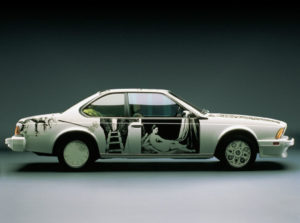
Robert Rauschenberg | USA
Born in 1925 in Port Author, Texas, Rauschenberg counts as one of the the pioneers of American pop art. After studying art in the USA and Europe, he joined the “Art Students League” in 1949 and began designing layouts and costumes for theaters all over the world.
He later experimented with photographic designs and painting in the style of the abstract expressionists, eventually arriving at his own individual mode of expression — “Combine Painting.” This was a collage technique incorporating true-to-life objects and newspaper photographs into an abstract panel painting.
After making initial attempts to combine electronics and art, he founded EAT (Experiments in Art and Technology) in 1966. His radical language of form has continued to inspire numerous artists until this very day.
1986 BMW 635 CSi
- 6-cylinder inline engine
- Overhead camshaft
- Displacement: 3,430 cc
- Power output: 211 bhp
- Top speed: 220 km/h
Robert Rauschenberg and the BMW Art Car
There is one major difference between the BMW 635CSi decorated by Robert Rauschenberg in 1986 and the BMW Art Cars of the 1970s: it is not a racing car, but a normal production car.
His achievement is out of the ordinary in many ways. For the first time, Rauschenberg took his designs from actual paintings, including some very well-known ones, which he modified using photographic techniques and recreated on the car.
The left side of the car shows a “Man of the World” by Bronzino and the right his place of rendezvous, so to speak — an odalisque as painted by Ingres. Several photographs of trees and swamp grass highlight the environmental problems associated with automobiles. The hub caps, on the other hand, are photographs of antique plates.
“I think mobile museums are great. For me, this car is a dream come true.”
— Robert Rauschenberg
In 1988, Rauschenberg used his BMW Art Car motifs once again, but this time minus the automobile: instead they were stretched over enameled aluminum as transparent films and alienated using collage techniques. The six-part “Beamer” series represented the prototypes of a wholly new synthesis of art with the automobile: the medium is the source of inspiration for an artistic statement which has become emancipated from its own origins.
Robert Rauschenberg’s Art Car made its first appearance in 1986 at the BMW Gallery in New York. It rounded off the BMW series of American pop art automobiles. At the end of 1988 the Rauschenberg Art Car had its European premiere, and has since been on display throughout the world.
